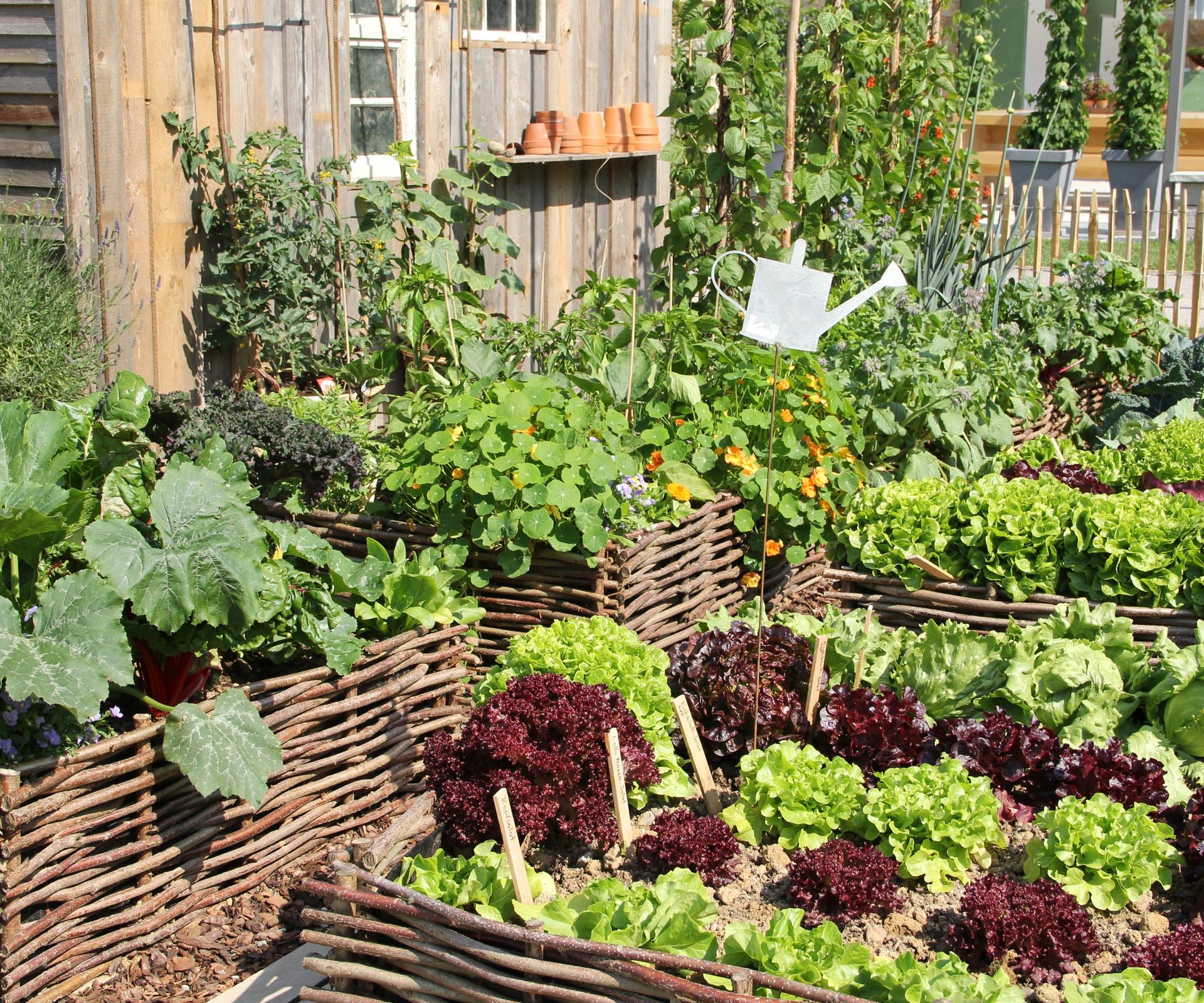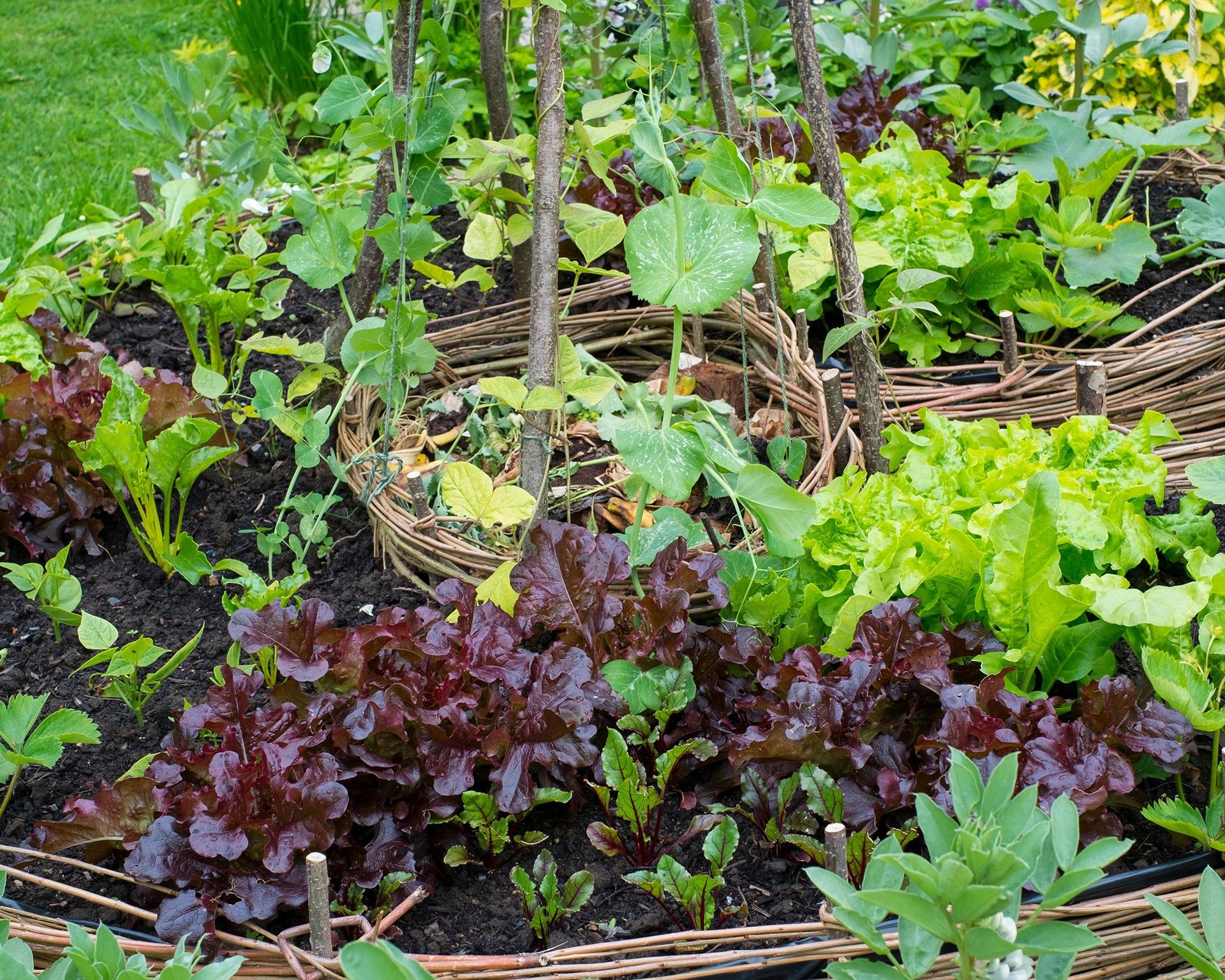No products in the cart.
NEWS
Mastering Your Raised Bed Garden Layout for Abundant Harvests
Raised bed gardening has become a favorite for many home growers, and for good reason. These elevated planting areas offer unparalleled convenience, making tasks like weeding, planting, and harvesting significantly easier compared to traditional ground-level beds. The contained soil within raised beds also tends to stay looser, drains better, and warms up faster in the spring, providing an ideal environment for healthy plant growth. Plus, since you’re not stepping on the soil, compaction is minimized, keeping the root zone happy.
However, simply building a raised bed isn’t enough to guarantee a thriving garden. Just like any successful project, careful planning is essential. Thinking strategically about your raised bed garden layout before you start building and planting can make a huge difference in your overall success and the amount of delicious produce you can harvest. Let’s explore the key considerations to help you design a layout that works best for your space and your gardening goals.
Why Thoughtful Layout Planning is Essential for Raised Beds
Many gardeners start with the simple desire for fresh, homegrown vegetables. The goal is often to maximize yield from the available space. While traditional gardens often relied on wide spacing between long rows (a remnant from farming practices that needed room for equipment), this isn’t necessary – or efficient – in a raised bed context.
Raised beds offer inherent advantages, such as bringing the soil and plants closer to you for easier access. But the real power comes when you leverage their design. Most raised beds are kept at a width that allows you to comfortably reach the center from either side, typically around 4 feet (about 1.2 to 1.3 meters). This means you don’t need wide, unproductive spaces between plants within the bed itself. Instead, the focus shifts to maximizing the planting area within the bed and ensuring easy access around the bed.
Planning your layout also means you concentrate your efforts and resources where they matter most. You only amend and enrich the soil within the beds, saving time and money on compost and fertilizers that would be wasted on walking paths. This focused approach leads to healthier soil and, subsequently, healthier, more productive plants.
Key Design Considerations for Optimizing Your Layout
Before you put the first board in place or turn the first shovel of soil, take time to consider the fundamental elements that will impact your garden’s success.
Sunlight is Non-Negotiable
Vegetables need sun – lots of it. Most fruiting vegetables require at least 6-8 hours of direct sunlight daily. Choosing the right location for your raised beds is paramount. Observe your space throughout the day to understand sun patterns. As a general rule, orienting long raised beds in a north/south direction in the northern hemisphere can help maximize sun exposure along the length of the bed as the sun moves across the sky.
Once beds are placed, think about plant placement within them. Position taller plants (like corn or staked tomatoes) on the north side of a bed so they don’t cast excessive shade on shorter plants situated to their south. Be mindful of existing structures like fences, sheds, trees, or your house, as they will create shade. Creating a simple “sun map” of your yard, noting where shade falls at different times of the day and year, can be incredibly helpful in determining the best spots for sun-loving crops and identifying areas suitable for plants tolerant of partial shade.
Don’t Skimp on Pathway Width
While the beds themselves don’t need internal paths, the pathways between your raised beds are crucial for accessibility and ease of work. It might be tempting to make paths narrow to squeeze in more planting space, but this can quickly lead to frustration. You need comfortable room to kneel, bend, tend to plants, harvest, and, importantly, move equipment like wheelbarrows or garden carts.
Aim for pathways that are wide enough to comfortably navigate with a wheelbarrow – often 2 to 3 feet (about 0.6 to 1 meter) or even more if space allows. Wide paths make gardening a pleasure, not a chore, ensuring you can access every part of your beds without stepping into them.
 Thriving vegetable garden in attractive raised beds, showcasing abundant growth and easy access.
Thriving vegetable garden in attractive raised beds, showcasing abundant growth and easy access.
Determining Bed Dimensions and Placement
As mentioned, the width of your raised beds is primarily dictated by reach – a maximum of 4 feet wide allows easy access from either side. The length, however, is much more flexible and can be whatever fits your space and design aesthetic. Raised beds can be long, thin rectangles, squares, L-shapes, or even more complex geometric designs. Beds with square corners are generally the easiest to construct.
The height of a raised bed can vary significantly. A minimum of 6 inches (about 15 cm) is beneficial, but many gardeners opt for 12 inches (30 cm) or even knee-height or higher (up to 2-3 feet or 60-90 cm). Taller beds require more soil but offer excellent drainage and are significantly easier on your back and knees, even allowing gardening from a seated position. Your beds don’t need to be in a rigid grid; they can be placed around the perimeter of your yard, clustered in a specific area, or lined up neatly, depending on your landscape and sun exposure.
Designing Your Beds and Planting Strategically
Once you’ve decided on the location, orientation, and general dimensions, think about what you plan to grow, as this can influence individual bed design and planting patterns.
Some plants, like sprawling squash or zucchini, can quickly take over a bed. It might be beneficial to dedicate a larger or separate bed just for these enthusiastic growers to prevent them from shading out or crowding less vigorous plants.
Embracing Interplanting
A great way to maximize yield in raised beds is through interplanting – growing more than one type of vegetable within the same bed. This can be done by alternating rows of different crops or even mixing different plants within the same row.
Successful interplanting requires considering several factors:
- Maturity Time: Pair fast-maturing crops (like radishes or lettuce) with slow-maturing ones (like carrots or tomatoes). The fast crop is harvested before the slow crop needs the full space.
- Height and Structure: Plant shorter, shade-tolerant greens beneath taller plants. Consider root depths – pairing deep-rooted plants with shallow-rooted ones can utilize the soil profile efficiently.
- Compatibility: Some plants are great companions, potentially deterring pests or improving growth. Others can hinder growth (allelopathy). Research companion planting principles.
- Shared Needs: Group plants with similar requirements for water, nutrients, and sunlight together to make care easier.
By considering these factors, you can create a dynamic, productive ecosystem within each raised bed.
 Example of a keyhole-shaped raised garden bed design, optimizing space and compost access.
Example of a keyhole-shaped raised garden bed design, optimizing space and compost access.
Frequently Asked Questions About Raised Bed Layout
What is the best configuration for a raised garden bed?
There’s no single “best” configuration for all raised beds. The ideal layout depends entirely on your specific site (sunlight patterns, slopes), your available space, your physical abilities (how tall do you need the beds?), and what you intend to grow. The key is to leverage the advantages of raised beds – easy access and good soil – in a way that maximizes sunlight and makes gardening enjoyable for you.
What plants grow well together in a raised bed?
Many plants grow well together in the close confines of a raised bed when using interplanting techniques. The best combinations involve plants that don’t directly compete for the exact same resources at the same time or those that offer mutual benefits. Examples include planting quick-growing lettuce or spinach between rows of slower broccoli or cabbage, or pairing carrots with radishes (radishes break up the soil for the carrots and are harvested early). Researching companion planting charts can provide many good ideas, but the core principle is choosing plants with different growth habits, needs, and maturity times that can share the space effectively.
Cultivating Your Success Through Smart Design
Planning your raised bed garden layout is a rewarding step that sets the stage for a productive and enjoyable growing season. By carefully considering sunlight, accessibility, bed dimensions, and the specific needs of the plants you wish to cultivate, you create a foundation for success. A well-designed layout not only makes gardening easier but also helps ensure that your plants thrive, leading to abundant harvests right outside your door. Happy planning, and happy gardening!



